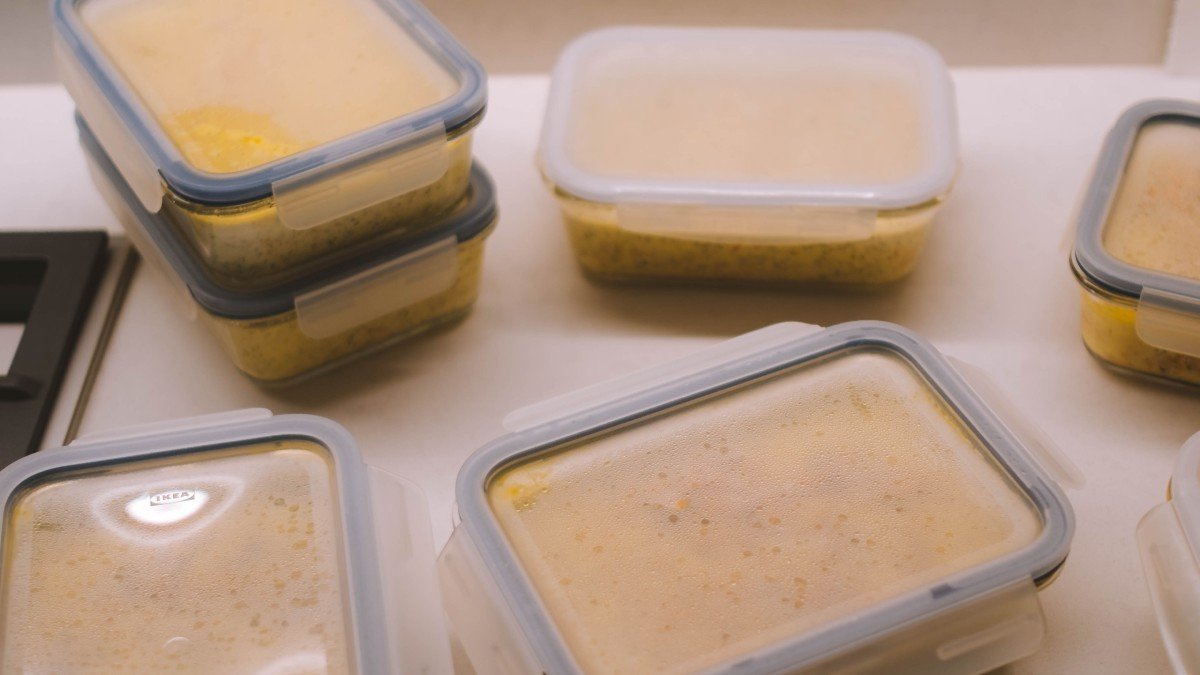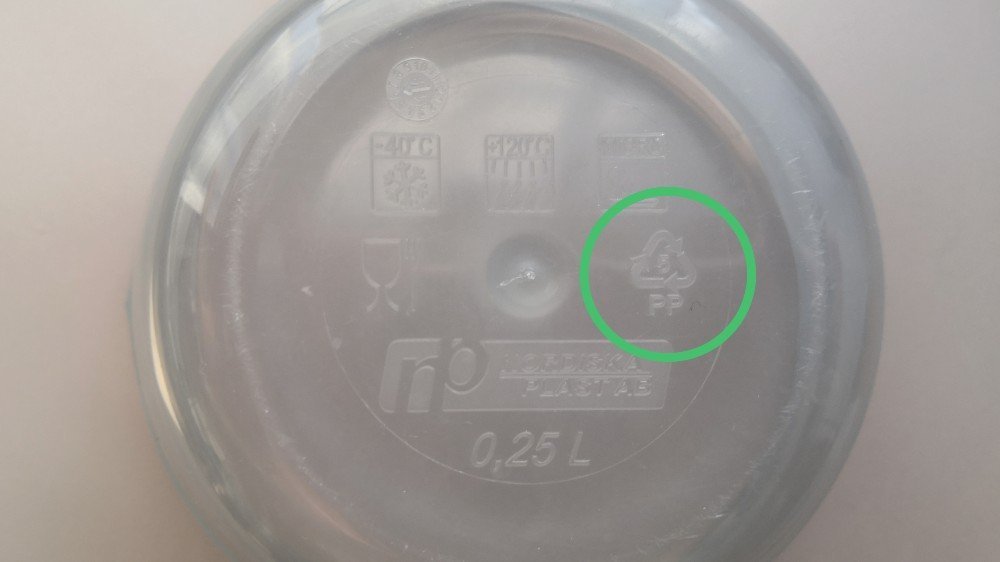What to Do With Old Tupperware Products?

Do you have old Tupperware containers from 10 years ago? Don’t worry about it, you’re not alone.
For a long time, Tupperware was considered to be synonymous with plastic food containers. Our mothers had these containers filling up their fridges and some of us even inherited a few of them. What can I say? Those were different times.
However, things have changed and we now better understand the risks involved with using plastics to store food, especially under extreme temperatures. And as expected, a lot of people are trying to get rid of their old Tupperware products.
But how do you do this? Do you just throw them away?
Well, that’s what we’re going to talk about today.
What do you do with old Tupperware products?
First of all, you could have them recycled if this option is available in your city. Alternatively, you could use your Tupperware containers to store nuts, screws, bolts, and a ton of other tools in your garage. You could even use them to hold some bathroom items or your compost out in the garden.
How long does Tupperware last?
Honestly speaking, Tupperware could last forever. I have heard of people who’ve had the same Tupperware for almost 15 years.
Since it is essentially plastic, it doesn’t ever decompose, something that makes it quite bad for the environment.
When is your Tupperware considered old?
If you’ve had your Tupperware products for more than 10 years, they’re old and need to be replaced, especially if you use them for food storage.
Another sign that it’s time to move on is when your containers are either broken or missing their lids.
But do you know when you really know time’s up? When you can no longer get rid of weird stains and odors. At this point, no matter how much disinfecting you do, it’s a lost cause.
Last but not least, you really need to look out for weird textures or a ton of ridges. This is a real hazard since it makes it easy for leaching of toxins to occur.
Are old Tupperware containers safe for food storage?
According to their website, Tupperware started manufacturing BPA-free products in March 2010. As such, we can safely assume that Tupperware products bought before then could contain BPA (Bisphenol-A), a chemical that can be toxic when ingested. So it really isn’t advisable to use these old Tupperware products to store or microwave foods.
While the FDA does assure that in low concentrations BPA is not harmful, studies by their National Center for Toxicological Research clearly show that high doses result in adverse health effects. For instance, it could negatively affect the neurodevelopment of newborn babies. Moreover, it could lead to diseases like breast cancer, diabetes, and reproductive disorders in adults.
BPA aside though, there are other chemicals present in Tupperware and other plastics that can make them unsuitable for use with food, especially when it comes to microwaving. Heat or exposure to acidic liquids such as vinegar can make these toxic chemicals leak into your food. To be on the safe side, you are better off using glass containers for food.
What do I need to know to recycle my old Tupperware products?
If you’ve decided to recycle your old Tupperware products, you’ll first have to get some facts straight.
First of all, you need to look for the Mobius loop aka recycling symbol. This is a tiny triangle at the bottom of your products indicating that they can be recycled. Indicated within his triangle, there is usually a number between #1 and #7.

While this number is not an indication of how safe your product is, it does identify its resin content and help you sort it properly. In fact, here is a rundown of what type of plastic each number represents:
- Number 1 – Polyethylene terephthalate (PET/PETE) – Popularly used to manufacture beverage bottles and medicine containers.
- Number 2 – High-density Polyethylene (HDPE) – Mainly found in shampoo bottles and detergent containers.
- Number 3 – Polyvinyl chloride (PVC/V) – Popularly found in shower curtains and pipes.
- Number 4 – Low-density Polyethylene (LDPE) – The main ingredient in grocery bags and wrapping films.
- Number 5 – Polypropylene (PP) – The main component in Tupperware the plastic caps of soda bottles.
- Number 6 – Polystyrene (PS) – Majorly found in plastic cups.
- Number 7 – Miscellaneous/Other – These are a bunch of other plastics that don’t fit in the other categories.
Since most plastics fall in #1 or #2, these are the plastic types most accepted by recycling programs. However, many recycling programs accept up to #5. And even those that don’t usually have a way of collecting these types of plastic and storing them together before they find a way to dispose of them.
Ultimately, since each municipality has different recycling capability, only your city officials can give you clear information on this.
Whatever you do though, remember to recycle the lids of your Tupperware containers as well, many people usually forget about this!
What are those symbols on my Tupperware?
Apart from the recycling information, other symbols can be found on Tupperware products.
These include:
- The glass and fork symbols: These show that the product is suitable for use with food and won’t leach any toxins. It is simply a form of reassurance from the manufacturers to us the consumers.
- Oven suitable symbol: This shows that the product can be used in the oven, freezer, fridge, and dishwasher.
- Freezer-resistant symbol: This symbol is specifically included in Tupperware’s FreezerMate range of products. They have recessed bottoms to allow air circulation and let you easily stack them together. This really helps save on space.
To conclude
When it comes to old Tupperware products, you shouldn’t take any chances, keep them away from food.
Fortunately, there are several ways you can dispose of them or even reuse them. Who knows? This could finally be the time to do all those DIY storage projects you’ve been postponing. Just don’t throw them in the ocean or in the ground though, animals are already having a bad time as it is!
